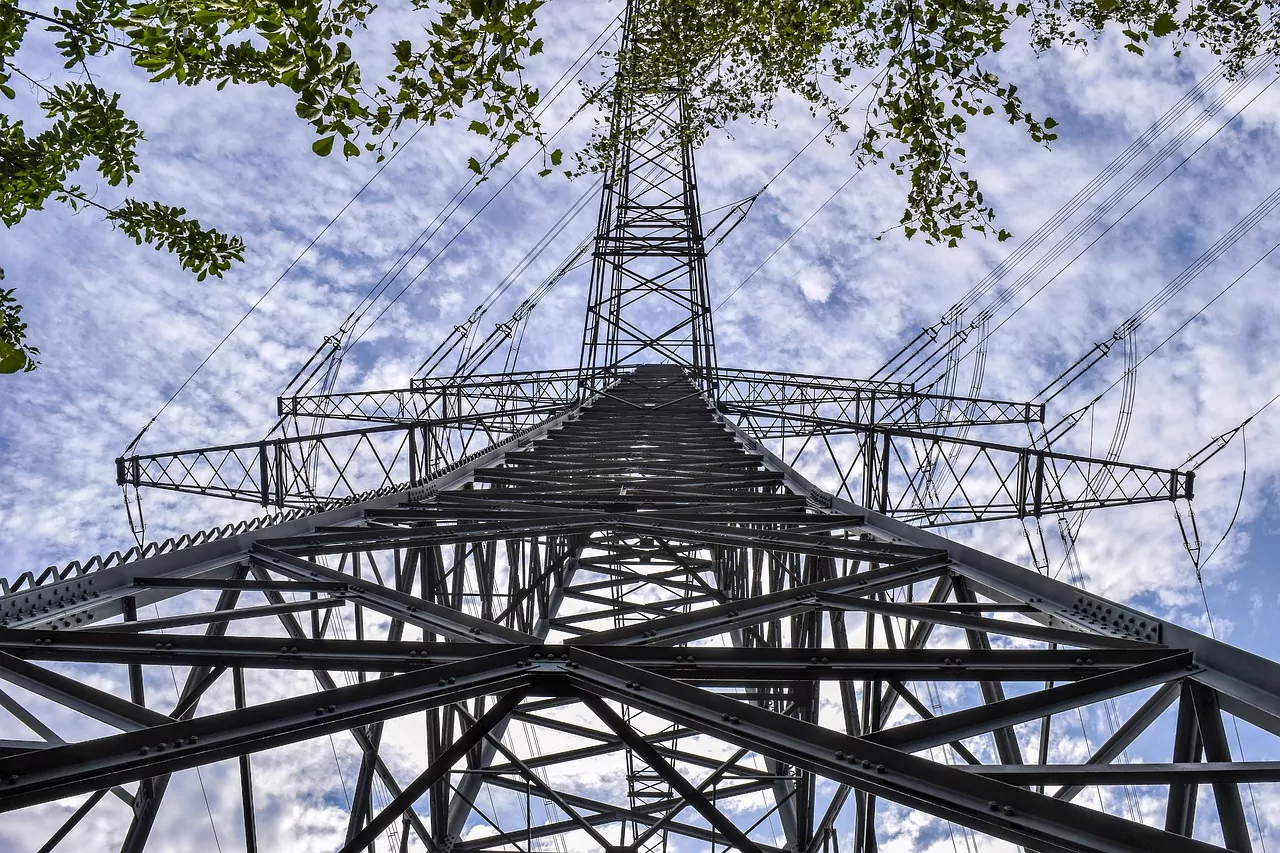
Energy management is a growing trend in the business world and many companies are choosing to invest more of their energy budget into demand side management (DSM). Demand-side energy management can help companies reduce the amount of electricity and natural gas they use and ultimately save money. It is an energy efficiency solution that focuses on lowering consumption overall and potentially with an emphasis during peak usage hours. This article will discuss what DSM is, its benefits, how it works and why it should be part of your business's energy strategy.
Why Demand-Side Energy Management Is Important?
The energy industry is fast evolving and changing. Demand-side energy management practices have become a critical part of success for end-users.
Let’s look at the demand-side management in a larger context from the consumers perspective. Demand-side management (DSM) is the practice of managing energy consumption, as opposed to supply-side management which focuses on procuring energy at the lowest unit cost.
A “smart grid” is a more advanced development of the existing electricity supply infrastructure. A smart grid allows two-way communication between customers and utilities, allowing the utility to control customer loads based on information received through multiple data sources. Smart meters are used to collect information from the customer’s business and transmit it back to the utility. This data is analyzed by a computer program that can predict the amount of energy needed at different times of day, week, month, or year.
Smart grid technology also allows customers to manage their energy use by providing them with real time energy pricing and usage information via an online portal or smart phone app. The price signal encourages customers to use less energy during peak periods.
The term ‘demand-side energy management’ is a broad one, and it refers to any strategy that reduces the amount of energy that a building uses. There are lots of different ways to reduce energy consumption, from adding insulation and installing LED lighting, to replacing windows and improving HVAC systems. These energy efficiency investments are always a smart way to optimize your overall energy strategy.
The purpose of this article is to explain why demand-side energy management is important. This will hopefully encourage you to consider it for your own building.
How Does Demand-Side Energy Management Work?
Energy management is a process that involves using software to monitor energy usage and reduce energy costs. This automated process can be used to analyze energy data from different sources, including weather reports, crowd-sourced information, and real time information from smart grid meters or large equipment. This can all be done in order to develop a plan for reduced cost and resource consumption.
The demand side of the energy management process refers to the consumer’s end of the equation. Rather than monitoring overall usage, this allows users to make changes based on certain incentives or energy efficiency programs and goals set by the company.
Benefits of Demand-Side Energy Management
On the utility side, demand-side energy management is a strategy for managing the grid that emphasizes customer participation in electricity demand. Supply and demand must be kept in balance for any system to operate efficiently and effectively. In the case of electricity, this means keeping the supply of electricity from generating plants closely matched with customers’ actual energy demand.
In the past, this was accomplished by managing supply at the generating plant level – using either fossil-fuel or renewable energy sources to maintain the exact amount of power needed. Today, advances in technology have enabled changes in how grids are managed. The result is a more efficient, reliable and sustainable grid. To maintain and enhance the reliability of the electric grid, utilities need to work with their customers to install new technologies that can reduce power outages. It also opens up a potential revenue stream for large users who can manage the demand at their facility to assist the grid in the high use hours.
Smart meters offer you the ability to manage your energy use and save money by:
1. Knowing how much electricity you are using, in real time so that you can take advantage of off-peak rates and avoid high peak rates.
2.Using the Web or a wireless device to turn on/off your equipment.
What Are the Challenges of Demand-Side Energy Management?
Demand-side management (DSM) is a critical component of the demand side that is often overlooked. This is because DSM has a difficult job. It must determine how to reduce consumer demand during times of peak usage, and also how to increase consumer demand during times of low usage.
The challenge with these tasks lies in the complexity of consumer behavior. Consumers have many different needs, wants, and lifestyles. This means it’s hard to effectively create a plan that reduces consumer energy demand at the right time and in the appropriate manner.
Conclusion: Demand-side energy management solutions have been shown to be very effective for lowering electricity costs and increasing the usage of renewable energy. However, not all DSM providers are created equal. Be sure to conduct research before choosing a provider for your DSM needs. Are you interested in learning more about DSM? Schedule a call today!
